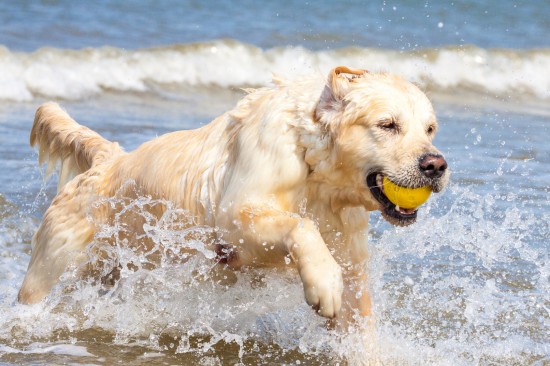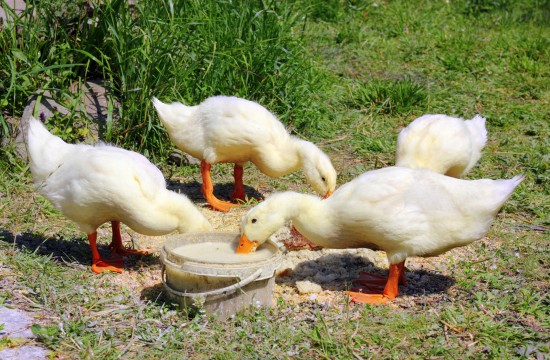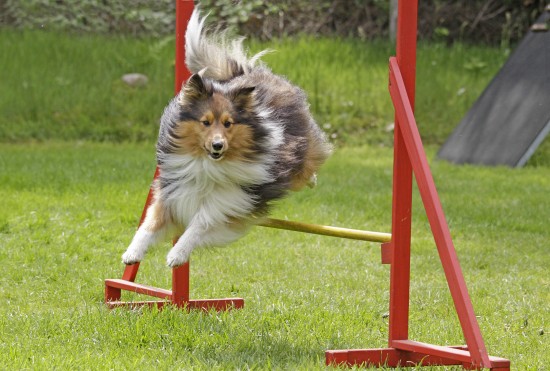
Here are ten top tips for successful paddock management.
1.Paddock Topping - Cutting the grass in your paddock during the summer months will help to prevent weeds from going to seed, and as such it is an essential aspect of paddock maintenance.
2.Harrowing - This removes the dead grass, moss and weeds. Harrowing is generally done during the spring and autumn and ensures the new grass has access to sufficient air and lets excess water run away.
3.Spraying - If you intend to make hay then it is vital to remove poisonous weeds such as ragwort and buttercup. The use of modern pesticides is safe, effective and affordable. Spraying should be carried out during the summer to reduce weed infestation and produce healthy grass.
4.Soil Analysis - Soil analysis involves small samples being taken from across the land and being scientifically analysed. This is an integral part of paddock management as soil fertility influences grass growth. In the event that the nutrient levels in the soil are below par, the grass will be of a poor quality and any grazing animals may suffer.
5.Re-seeding and Over-seeding - Re-seeding introduces appropriate grass species, as well as allowing grass to be established on bare patches of land or on whole fields. Over-seeding can repair grass. Expertise and knowledge gained from solid analysis should be used to choose appropriate seeds for your paddock.
6.Fertiliser and Lime Applications - This should be applied little an often during the spring, summer and autumn. Fertiliser and lime applications encourage healthy roots to allow grass to survive during cold winter months and flourish throughout the rest of the year.
7.Hedge Trimming - Autumn is the best time to begin hedge trimming, however it can also be carried out during the winter months.
8.Fencing - The summer months are a good time to fix any broken fences and ensure your paddock is safe and tidy.
9.Ditching - Keeping ditches clear is an important part of paddock maintenance as it improves the drainage from the paddock. This will stop the land from being too wet and should extend the period of grass growth thereby increasing the grazing season for your animals. Winter is often the best time of year to clean the ditches in preparation for the next year.
10.Soil Aerating - Paddocks often become compacted by animal hooves or traffic and compacted soil will reduce the rate of grass growth which generally leads to an increase in weeds. Compact soil also reduces the level of light and oxygen which can reach the root of the grass. Aerating the soil will increase oxygen rates and aid drainage of the land. As such it is a fundamental aspect of paddock maintenance which should be carried out annually, normally during the autumn season.
If you follow this advice you will have healthy grass and healthy animals all year round.
Steve Phillips has children who keep ponies and he is aware of the need for good paddock maintenance. Planning ahead for the year takes the hassle out of this and he invariably relies on GreenPaddocks for advice and support. They also undertake routine paddock topping and other tasks for pasture management.
 Tips For Exercising And Tiring Out A Very Active Dog
Tips For Exercisi
Tips For Exercising And Tiring Out A Very Active Dog
Tips For Exercisi
 Pet Insurance : Five Ways To Keep Your Policy Cost Down Without Compromising On Coverage
Pet Insurance : F
Pet Insurance : Five Ways To Keep Your Policy Cost Down Without Compromising On Coverage
Pet Insurance : F
 The Importance Of Worming Ducks
The Importance Of
The Importance Of Worming Ducks
The Importance Of
 Frequently Asked Questions About Dog Agility
Frequently Asked
Frequently Asked Questions About Dog Agility
Frequently Asked
 All About The Schnoodle Dog
All About The Sch
All About The Schnoodle Dog
All About The Sch
Copyright © 2005-2016 Pet Information All Rights Reserved
Contact us: www162date@outlook.com